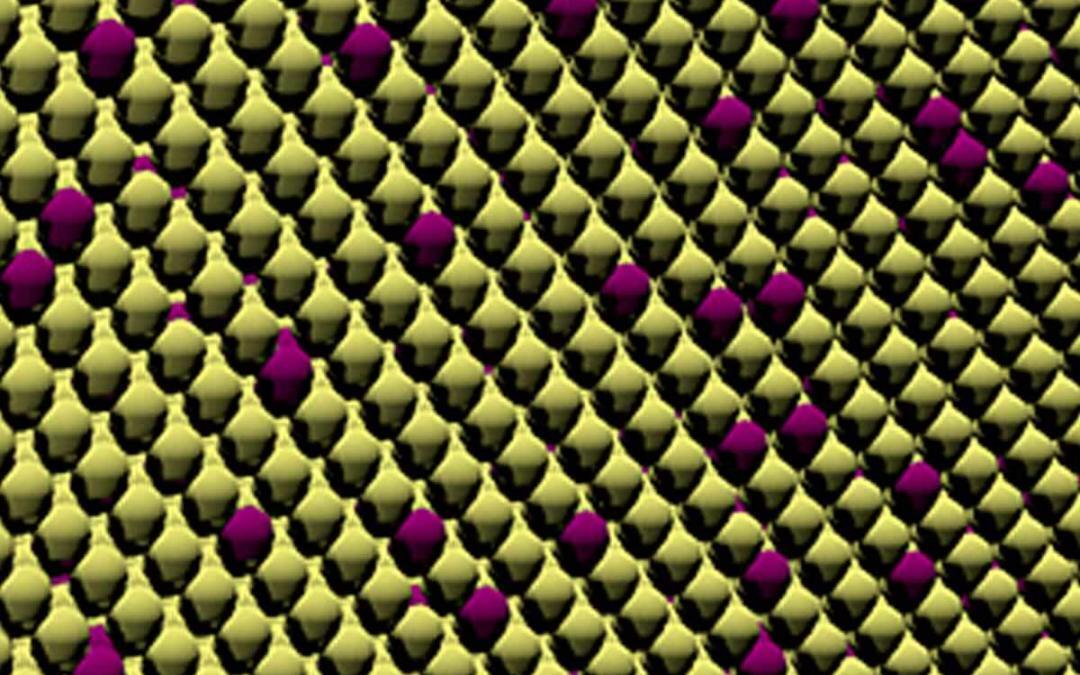
by Purdue University
The researchers created a new technology design for field effect transistors, which are basic switching devices in computers and other electronic devices. Those types of transistors also are promising candidates for next generation nanodevices. They can offer better switching behavior for computers and devices compared with traditional field effect transistors.
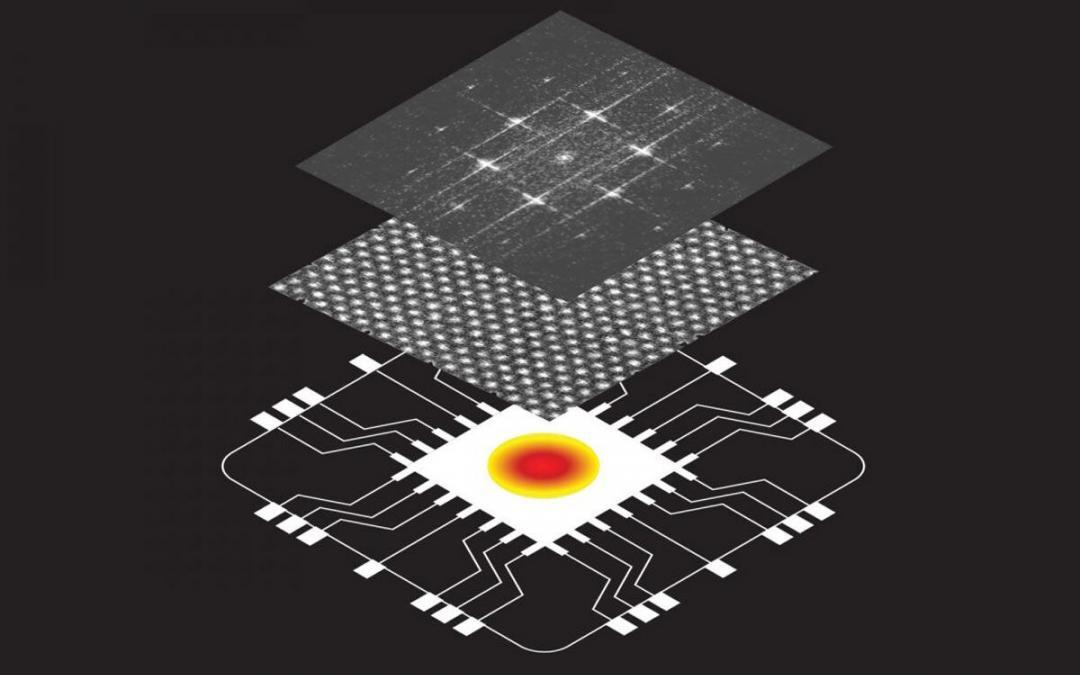
by UCLA Samueli School of Engineering
The heat is off: UCLA engineers develop world’s most efficient semiconductor material for thermal management New semiconductor material draws heat away from hotspots much faster than current materials, which could lead to dramatic improvements in computer chip...

by Rutgers, The State University of New Jersey
gold nanoparticles, coated with a semiconductor, can produce hydrogen from water over four times more efficiently than other methods – opening the door to improved storage of solar energy and other advances that could boost renewable energy use and combat climate change, according to Rutgers University–New Brunswick researchers.

by University of South Australia
Using light for next generation data storage technology Tiny, nano-sized crystals of salt encoded with data using light from a laser could be the next data storage technology of choice, following research by Australian scientists. The researchers from the University...

by Tufts University
Smart bandages designed to monitor and tailor treatment for chronic wounds Smart Bandages with integrated pH and temperature sensors and electronically triggered drug release are designed to improve healing A team of engineers led by Tufts University has developed a...
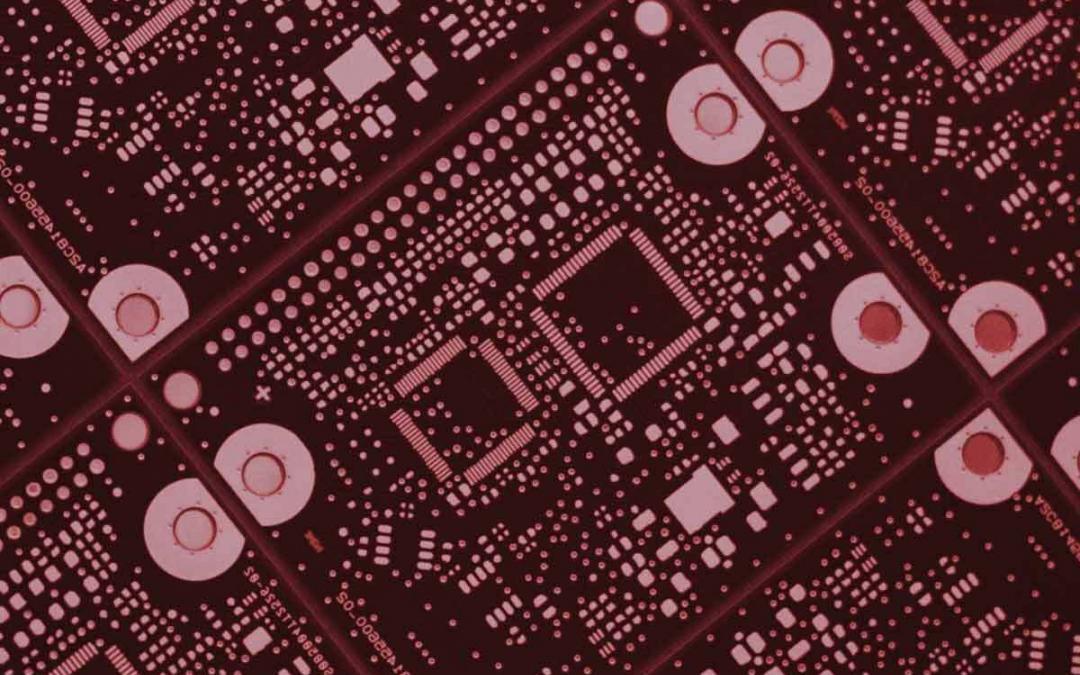
by University of Texas at Dallas
UT Dallas physics researchers recently published a study in the journal Science that describes the high thermal conductivity of boron arsenide crystals they grew in the lab. From left: study authors Xiaoyuan Liu, Dr. Bing Lv and Dr. Sheng Li.

by University of Maryland
Quantum computers will need analogous hardware to manipulate quantum information. But the design constraints for this new technology are stringent, and today’s most advanced processors can’t be repurposed as quantum devices. That’s because quantum information carriers, dubbed qubits, have to follow different rules laid out by quantum physics.

by MIT
Nanoscale Kirigami has taken off as a field of research in the last few years; the approach is based on the ancient arts of origami (making 3-D shapes by folding paper) and kirigami (which allows cutting as well as folding) but applied to flat materials at the nanoscale, measured in billionths of a meter.

by MIPT
Russian researchers from the Moscow Institute of Physics and Technology have developed biosensor chips of unprecedented sensitivity, which are based on copper instead of the conventionally used gold. Besides making the device somewhat cheaper, this innovation will facilitate the manufacturing process.
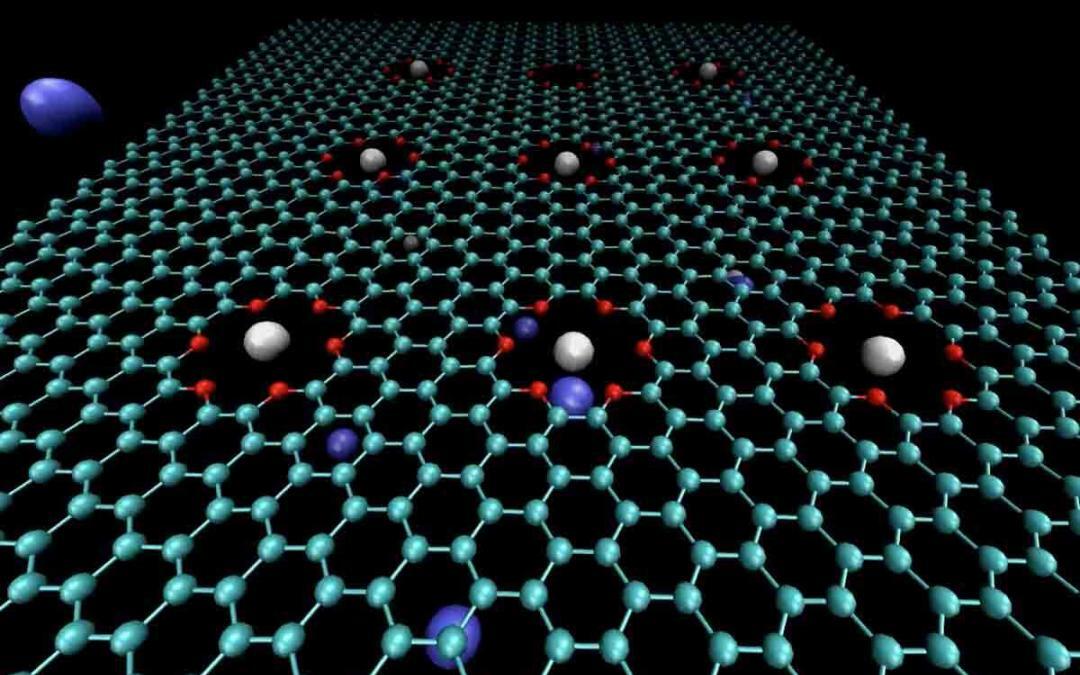
by NIST
Invigorating the idea of computers based on fluids instead of silicon, researchers at the National Institute of Standards and Technology (NIST) have shown how computational logic operations could be performed in a liquid medium by simulating the trapping of ions (charged atoms) in graphene (a sheet of carbon atoms) floating in saline solution. The scheme might also be used in applications such as water filtration, energy storage or sensor technology.

by Jennifer Chu | MIT News Office
Researchers at MIT, who last year designed a tiny computer chip tailored to help miniature drones navigate, have now shrunk their chip design even further, in both size and power consumption.
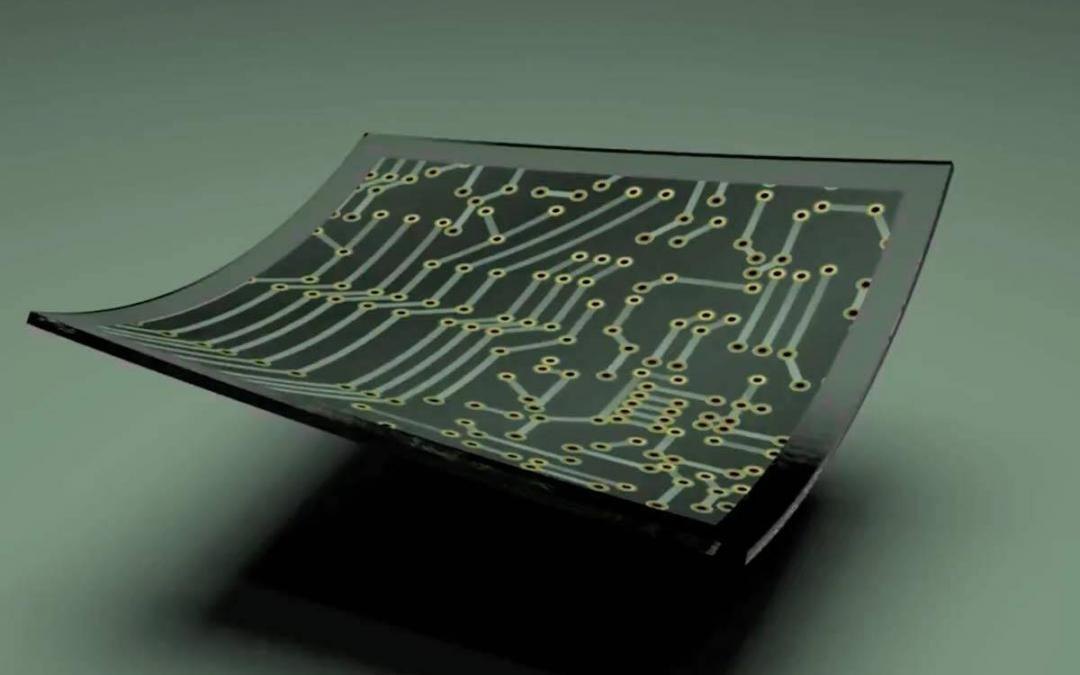
by Advanced Science News
A flexible, durable and solvent-resistance inorganic polymer. (Allylhybridpolycarbosilane or AHPCS) was used to fabricate the microstructured AHPCS shearing blade. The wet-ability of the AHPCS micropillar surface is tunable. By controlling the shearing rate and the substrate temperature, crystal growth can occur along the moving blade.










